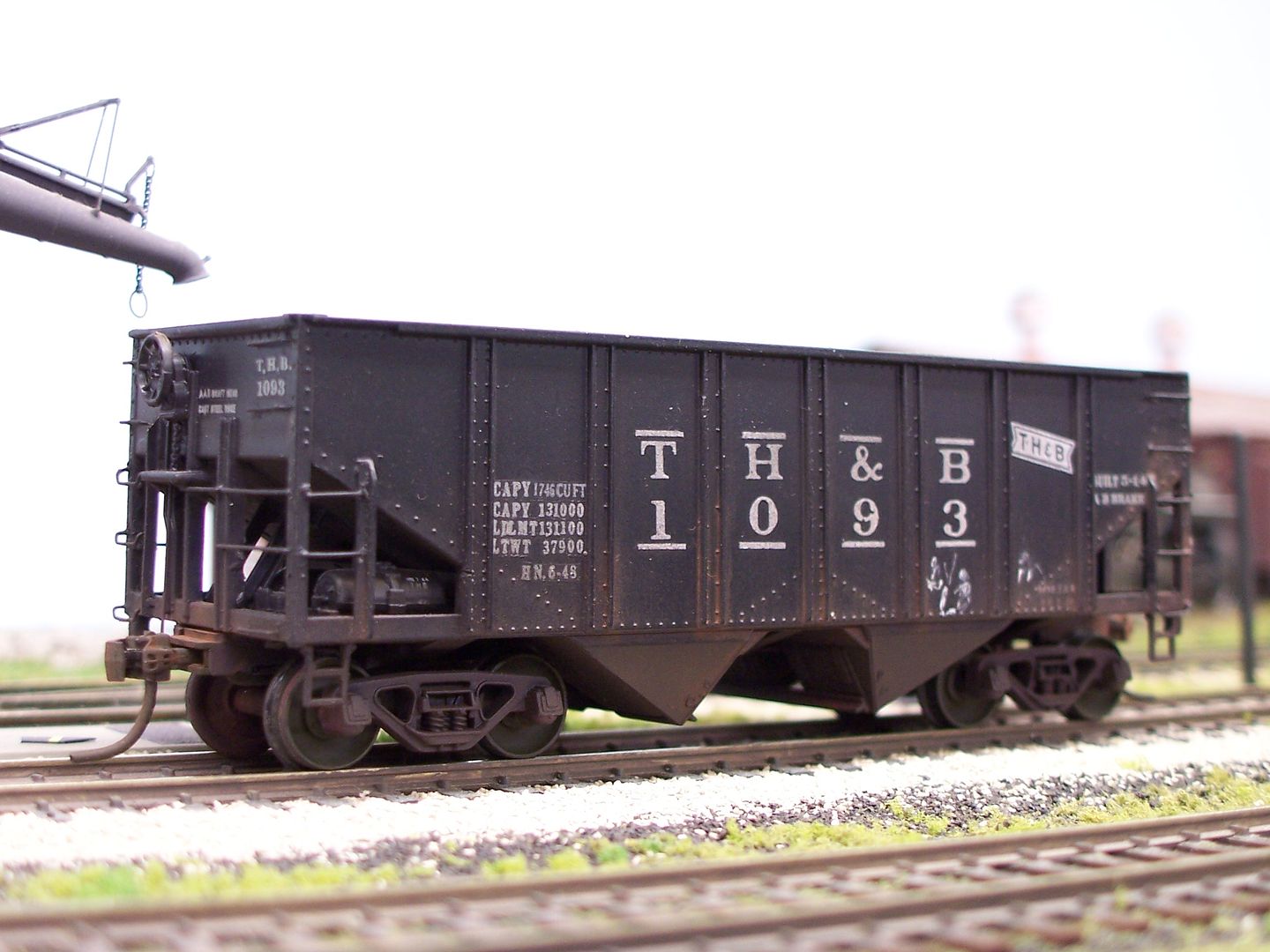I suppose that depends a lot on the individual. I don’t consider them necessary, but have bought a couple of r-t-r highly detailed cars, and they were nice enough to use as-is (with a little weathering).
I’ve also bought similar cars as kits, and in most cases, fabricated better versions of some of the parts, not only to make them more accurate, but also more durable.
I’d guess that most of my model railroading friends who visit don’t always notice such details, which doesn’t concern me at all, as I’m not trying to impress anybody but myself (and have succeeded in that only occasionally).
However, I do enjoy the process, and generally would rather buy a suitable run-of-the-mill model, often used and/or abused, to see if I can make it into something closer to the prototype upon which the model was originally based. That doesn’t mean, though, that it’s necessarily “incredibly detailed”…maybe a little better-detailed than it was before I got it.
Almost 20 years ago, I modified a couple of hopper kits from Stewart (now Bowser) to better match some prototypes used in my hometown, following an article in RMC. I was fairly well-pleased by the results, and also got a nod of approval from the guy who wrote the article.
Here’s a photo…

Recently, while looking for another article, I came across the one I had followed, and came to the realisation that I had missed a few things, and perhaps could have done better (I wasn’t the only one who missed some stuff, either, but I do feel that the author did do, in some ways, a much better job than did I.)
To address that, I decided to redo the two cars with which I had been so satisfie




